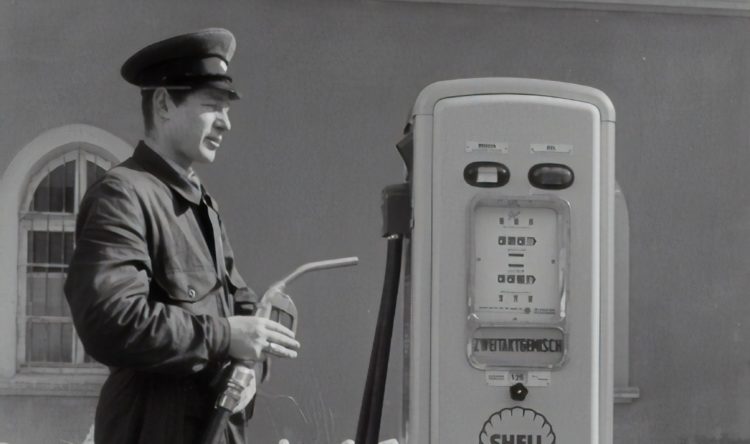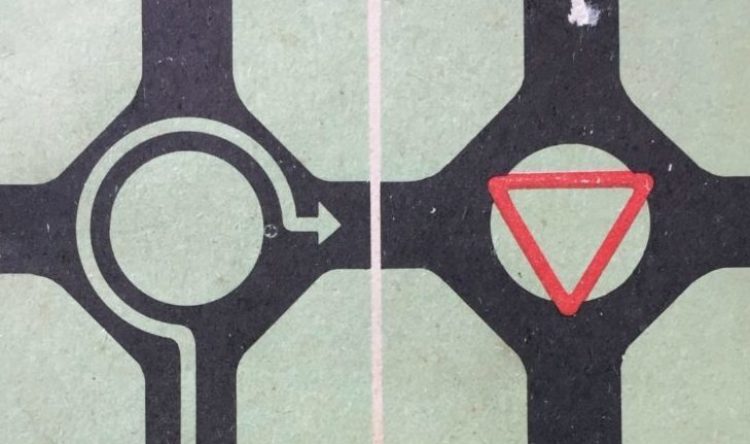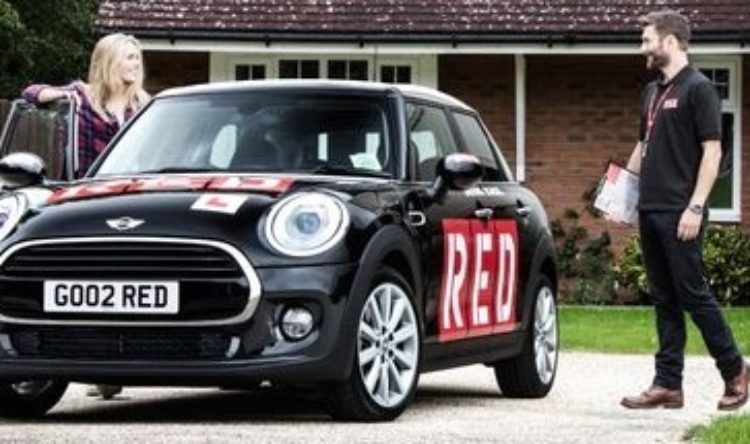Into focus
Clear goals and effective feedback make your lessons sharper and more effective
We continue a look at goal-focused feedback and how important this is for the individual’s confidence, development and learning; as opposed to fault-focused feedback, which serves little purpose even in terms of preparing someone for the test (whether L test, Part 3, Standards Check or ORDIT). A structure of Assessment, Feedback, Development helps us develop and establish this positive learning style.
Assessment
Ensure that a SMART (Specific, Measurable, Achievable, Realistic and Timed) goal is set first so that you know what you are assessing. In this respect the Goal should be linked to the purpose of the assessment and needn’t be finalised until after the assessment. Avoid talking about ‘having a drive and seeing what is thrown up’ because this is vague and likely to take you down the wrong route of fault-focused feedback.
Instead, set up the assessment so that the customer can drive for at least a few minutes. This means that you will need to agree the route you are going to be driving on, and also the level of support the customer will need during the assessment. For example, if you are going to look at junctions, agree a five to ten-minute route where the pupil has to deal with emerging from junctions. The aim of the assessment is for the pupil to get around the route, which means you will need to manage the risk but you shouldn’t deal with any faults.
Feedback
Once the route is concluded, pull up at the side of the road and start the feedback by referring to the ‘Goal’ that was agreed at the start of the assessment. If the customer wants to start talking about the faults, ask them to hang fire and focus first of all on the positives. Diving straight into the negatives is not effective for someone’s learning, even though it is often the way that people want to review things because of their previous experiences. So it is your job to steer them clear of this. The conversation could go like this:
Q: What went well during that drive dealing with junctions?
A: I was able to put the routine into practice.
Q: Tell me more about this.
A: I was trying to think through MSPSL and found it helped me as I approached the junctions. This then gave me more time to plan and then look for a safe gap.
Q: Okay. What else went well?
A: I was thinking about whether the junction was open or closed and trying to assess my visibility into the new road.
Q: What were you particularly pleased with?
A: My speed on the approach.
Q: Why was this so satisfying?
A: I stopped in good time.
Of course, some customers will not respond as well or clearly as in this example, however this positive approach reinforces the success of their learning by highlighting their strengths. So, if they say “I don’t know”, you could be more specific in your questioning, for example, “What about the routine – how did that go?”. Only once you have exhausted the positives, should you move onto the weaknesses by asking, for example, “What didn’t go so well for you this time?”. Your customer’s reply might be something like, “Well, I keep stopping at the end of the road and then realising that I could have gone without coming to a standstill first”. On the other hand, the customer may not feel confident giving you an answer or able to think of specific issues. If this is the case, you could then ask, “What would you do differently next time?’, or “What do you want to improve next time?”. In this way, the whole of the feedback session is ‘client-centred’, which means that you are drawing the information out of the customer and avoiding having any input yourself. It establishes the value of their own analysis and attempts to positively resolve issues, which is both positive inclusion of the customer in the process, and proven to be more effective in establishing effective learning going forward.
Development
This is where you agree an action plan for development, establishing where the customer needs to go from this point to achieve their ‘goal’. You might need to re-define the goal at this point, but remember to agree the route and the level of support again before you start. You may decide to have some focused development on a specific area, such as helping the pupil emerge using a ‘rolling first gear’ in order for the customer to keep the car moving when safe to do so. A demonstration of how to approach a junction, slip into first gear, find the biting point and creep up to the give-way line whilst looking could certainly help, whether just asking the pupil to watch in silence, or you could provide commentary as you are doing this. Remember, keep the demonstration focused on the point of the exercise – rolling first gear emerges – and avoid bringing any other topics into it. Then let the pupil have a go and, again, just focus on the emerges – it really doesn’t matter what else occurs, so long as you keep the car safe. This helps prevent distraction and confusion in the learning process. Finally, the pupil should be able to go around the whole circuit again, using rolling first gear emerges where appropriate and necessary.
Evaluation
The most important part of this process – Assessment, Feedback, Development – is that you reflect and evaluate how YOU got on with the lesson. Consider, what did you do well? What did you not do so well? What would you do to improve? And then come up with an ‘Action Plan’ for your own development.






